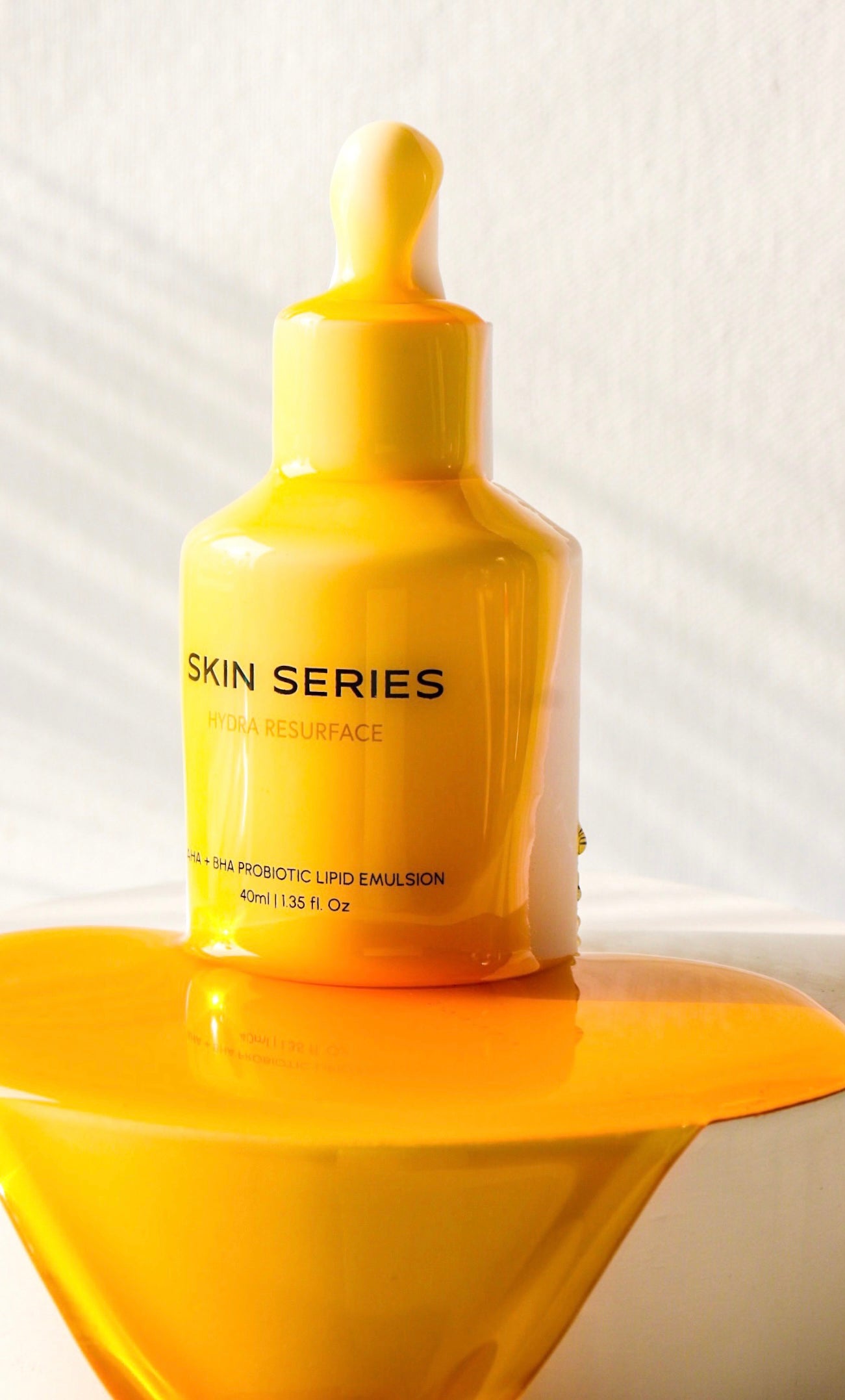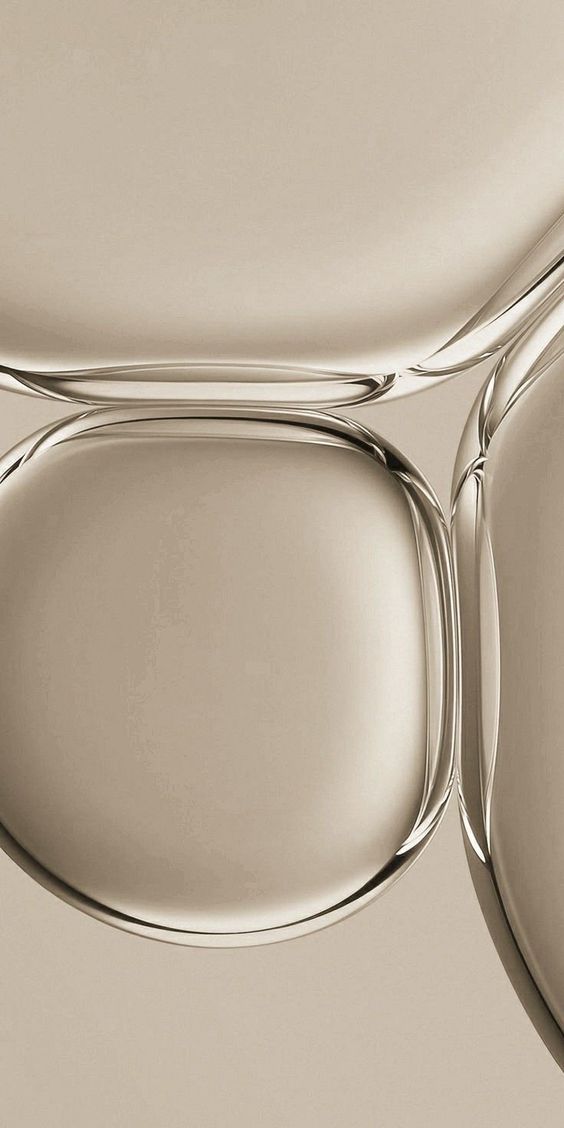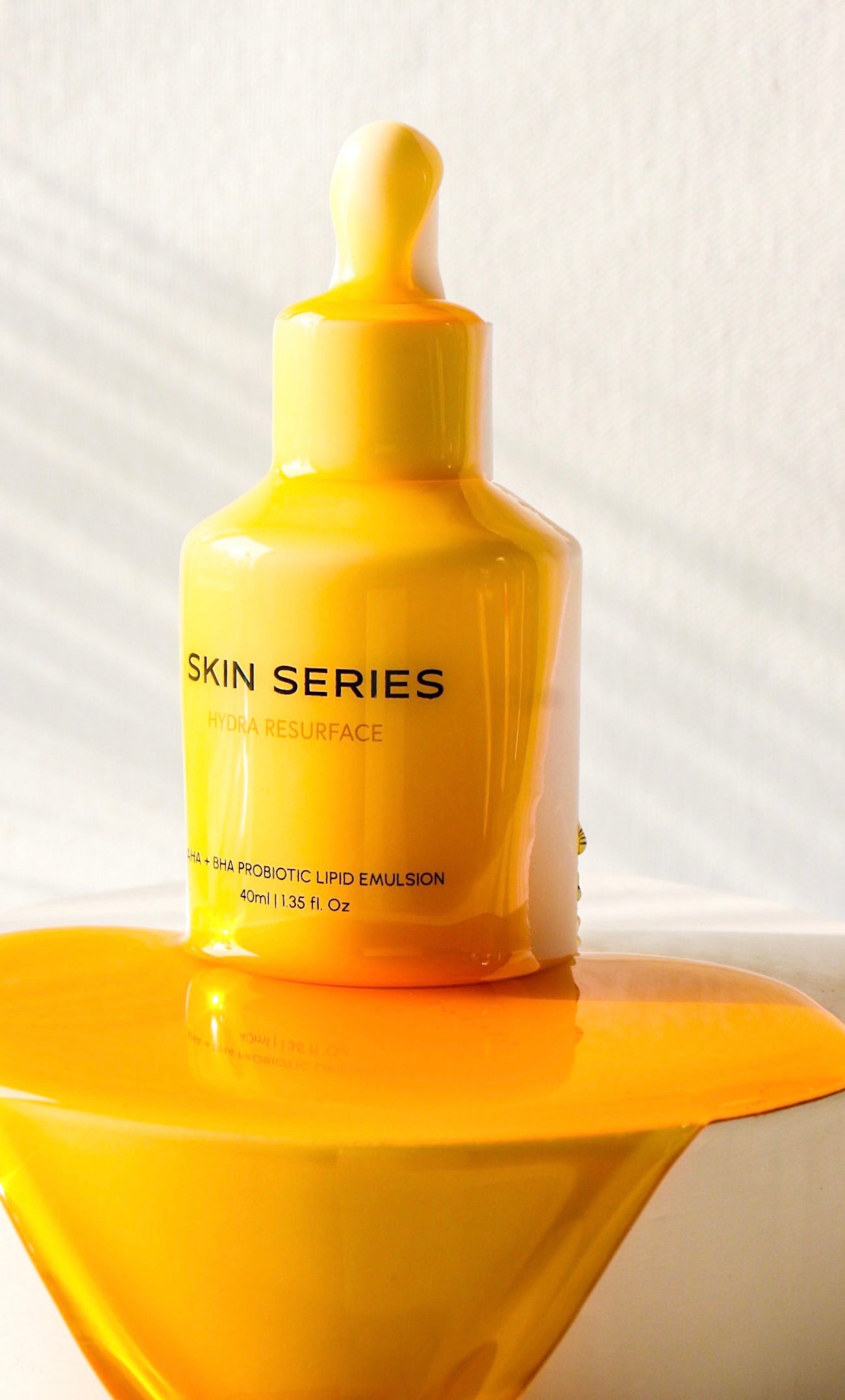Manuka Honey Explained
Manuka honey is a type of honey produced by bees
that collect nectar from the flowers of the Manuka tree
(Leptospermum scoparium), which is native to New
Zealand and Australia. What sets Manuka honey apart
from other types of honey is its unique antibacterial
properties.
that collect nectar from the flowers of the Manuka tree
(Leptospermum scoparium), which is native to New
Zealand and Australia. What sets Manuka honey apart
from other types of honey is its unique antibacterial
properties.
Tell me more
Manuka honey is known for its potent antibacterial
properties, which make it effective in treating and
preventing a variety of skin issues. The antibacterial
properties of Manuka honey are due to the presence of
a compound called methylglyoxal (MGO). The higher
the MGO content in the
honey, the greater its
antibacterial activity. This
makes Manuka honey
effective in combating certain types of bacteria,
including those that are resistant to antibiotics.
properties, which make it effective in treating and
preventing a variety of skin issues. The antibacterial
properties of Manuka honey are due to the presence of
a compound called methylglyoxal (MGO). The higher
the MGO content in the
honey, the greater its
antibacterial activity. This
makes Manuka honey
effective in combating certain types of bacteria,
including those that are resistant to antibiotics.
What is it improving in the skin?
Manuka Honey can inhibit the growth of various
bacteria, including those associated with acne and
wound infections. By reducing bacterial colonization on
the skin, Manuka honey helps to prevent and treat
certain skin conditions. Manuka honey has been found to have incredible anti-
bacteria, including those associated with acne and
wound infections. By reducing bacterial colonization on
the skin, Manuka honey helps to prevent and treat
certain skin conditions. Manuka honey has been found to have incredible anti-
inflammatory effects. It can help reduce inflammation in
the skin by inhibiting the production of inflammatory
molecules and modulating immune responses. This can
be beneficial for conditions such as acne, eczema, and
psoriasis, where inflammation plays a significant role.
the skin by inhibiting the production of inflammatory
molecules and modulating immune responses. This can
be beneficial for conditions such as acne, eczema, and
psoriasis, where inflammation plays a significant role.
The enzymes present in Manuka honey, such as glucose
oxidase, catalase, and invertase, play an important role
in exfoliation. They work by gently exfoliating the skin by
breaking down the bonds between dead skin cells. This
exfoliating action helps to remove the outer layer of
dead skin cells, without impairing the skin barrier.
oxidase, catalase, and invertase, play an important role
in exfoliation. They work by gently exfoliating the skin by
breaking down the bonds between dead skin cells. This
exfoliating action helps to remove the outer layer of
dead skin cells, without impairing the skin barrier.
What product is it in?





